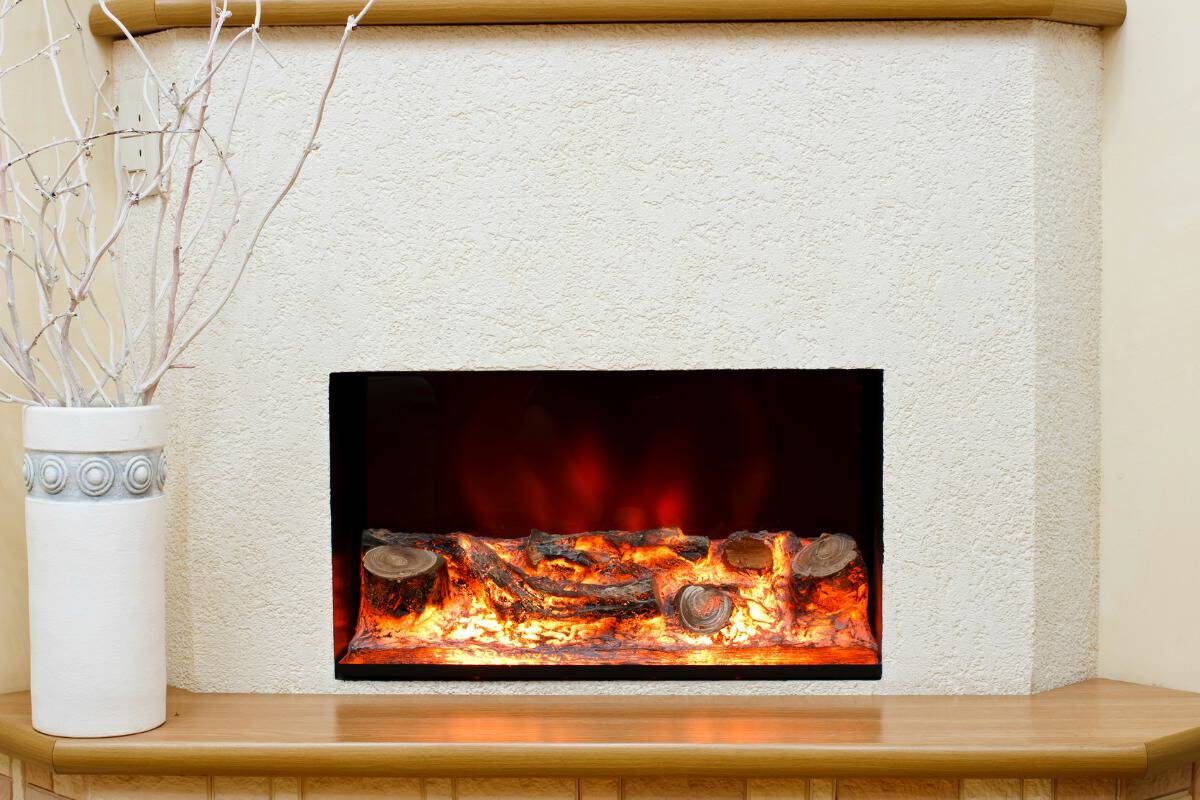
It’s that time of year again—Daylight Savings Time has ended and the sun is setting earlier every day. Unfortunately for you, this means that you’ll now be using more energy each evening to light your home as well to as to keep warm in the colder weather. Before you get too concerned about your energy bills, check out these five home projects under $1,000 each that can help you save money on utilities this winter.
1. Install an Electric Fireplace
Staying warm is often one of the first considerations people have in those long winter nights. And with it costing roughly $0.20 an hour to run a gas heating appliance, the costs can add up fast. Installing an electric fireplace can help you stay warm while saving energy costs at the same time. First, an electric fireplace will heat the room you’re in, allowing you to shut off the heat to the rest of your house. Second, it costs only $0.07 to $0.14 an hour to run, and provides some light to the room at the same time, saving you even more.
Cost to Install: The average cost to install a new electric fireplace is around $300.
Save Even More: Convert your existing fireplace by installing a plug-in unit to save the most money up front.
2. Insulate Your Attic
The vast majority of homes today are under-insulated for the climate they are in. This means that a good portion of the energy you use to heat your home is going straight up through your roof each winter. Insulation does break down over time, and can also be disturbed by workmen or animals, so even if you did have enough insulation at one time, this may no longer be the case. Insulating your attic can help keep your home more comfortable in the winter, allowing you to lower your energy bills while staying warm.
Cost to Install: The average cost to insulate an attic is around $400.
Save Even More:
- Purchase the highest R-Value insulation you can find for your climate to save more on your energy bills each month
- Install batt insulation yourself to save on installation costs
3. Install a New Thermostat
Your thermostat plays a big role in how much energy you use during the winter months. After Daylight Savings Time ends and the nights start getting longer, you’re likely to turn up the heat a little earlier each evening. A new thermostat can help you get better control over your total energy usage, not just in the evening, but all day long as well. Programmable thermostats let you shut off the heat when you aren’t home or are sleeping more easily so you use less energy. Newer models even let you control the thermostat while you’re away through your smartphone, so you can save even more.
Cost to Install: The average cost to install a new thermostat is around $200 to $250.
Save Even More: Invest in a thermostat with a sensor, which will shut off when there is no one home so you can save even with an unpredictable schedule.
4. Clean Your Air Ducts
If you have forced hot air heating your home during the winter, you could be losing about 20% of the energy you’re paying for through dirty ductwork. If your ducts are dirty, your furnace will have to work harder to push the same amount of air through. This not only ages your furnace faster, it raises your energy bills at the same time. Getting your ducts cleaned means that you’ll save money and improve your air quality at the same time.
Cost to Clean: The average cost to have air ducts cleaned is between $300 and $500.
Save Even More: When you’re having your ducts cleaned, make sure you have them inspected as well. Leaky ducts could also be raising your energy bills by letting the hot air escape before it reaches its destination.
5. Install LED Light Fixtures
You’ll be using more electricity to light your home in the evenings once the clocks are turned back. So make sure that you’re not paying more than you should be by making the switch to LED light fixtures. LED lights use significantly less energy than incandescent lights, and they can give you a full-spectrum, natural daylight brightness as well, making up a little for the shorter days. LED recessed lights make the best choice for ambient and task lighting, and are fairly easy to install as well.
Cost to Install: The average cost of installing six new recessed lights is around $600.
Save Even More: Invest in LED lights that also have a dimmer so you can adjust the amount of light that you get and the amount of electricity that you use.
Daylight Savings Time may have ended, but that doesn’t mean that you need to be left in the cold or dark to keep your energy bills down. Use these five home projects to help lower your energy bills this winter and stop worrying about the time on the clock. To find out more about what things cost, be sure to visit the Cost Guides.







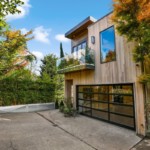

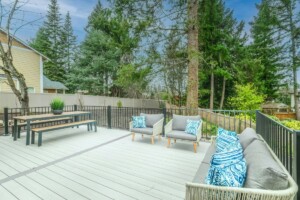
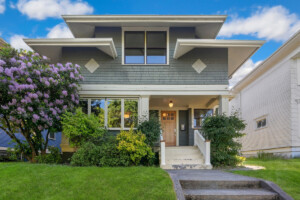

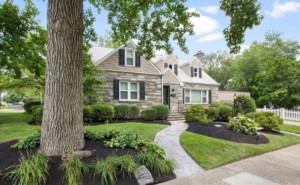

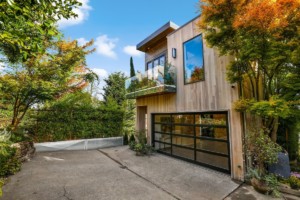











 United States
United States Canada
Canada